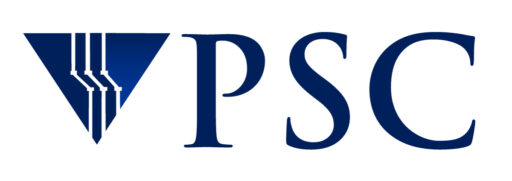Connection Machine CM-5
The CM-5 was a major step in massively parallel computing, moving beyond its predecessor, the CM-2, in a number of ways. Perhaps the most significant was its ability to be both a lock-step or SIMD (single instruction, multiple data) data-parallel machine, like the CM-2, in which all processors run identical instructions, and also a MIMD (multiple instruction, multiple data) machine, in which each processor can apply its own set of instructions to its own data.
Research
Shake and Bake: Parallel Solutions to the Phase Problem in X-Ray Crystallography
Herbert A. Hauptman and Charles Weeks, Medical Foundation of Buffalo, Inc.
Russ Miller, State University of New York at Buffalo
Using massively parallel computing and an algorithm affectionately known as “Shake-and-Bake,” Herbert Hauptman achieved results that hold promise of cutting the time required to determine the structure of molecules that now take months and years to hours. By throwing the bulk of the process onto a supercomputer, the Shake-and-Bake numerical recipe offers the possibility of an almost automatic path to solving unknown structures for medium-sized molecules. Structures in this range include small proteins and many antibiotics.
The Nitty Gritty of Silicon: Ab Initio Theory of the Si (111)-(7×7) Surface Reconstruction
J.D. Joannopoulos, Massachusetts Institute of Technology
An MIT physicist has done computer simulations that reproduce the full complexity of the surface structure of silicon, showing the great potential of massively parallel computing for solving grand challenge problems in science. The finding is significant because silicon is the key component in the semiconductor industry and because the manufacture of integrated circuits depends largely on processes occurring at surfaces.
